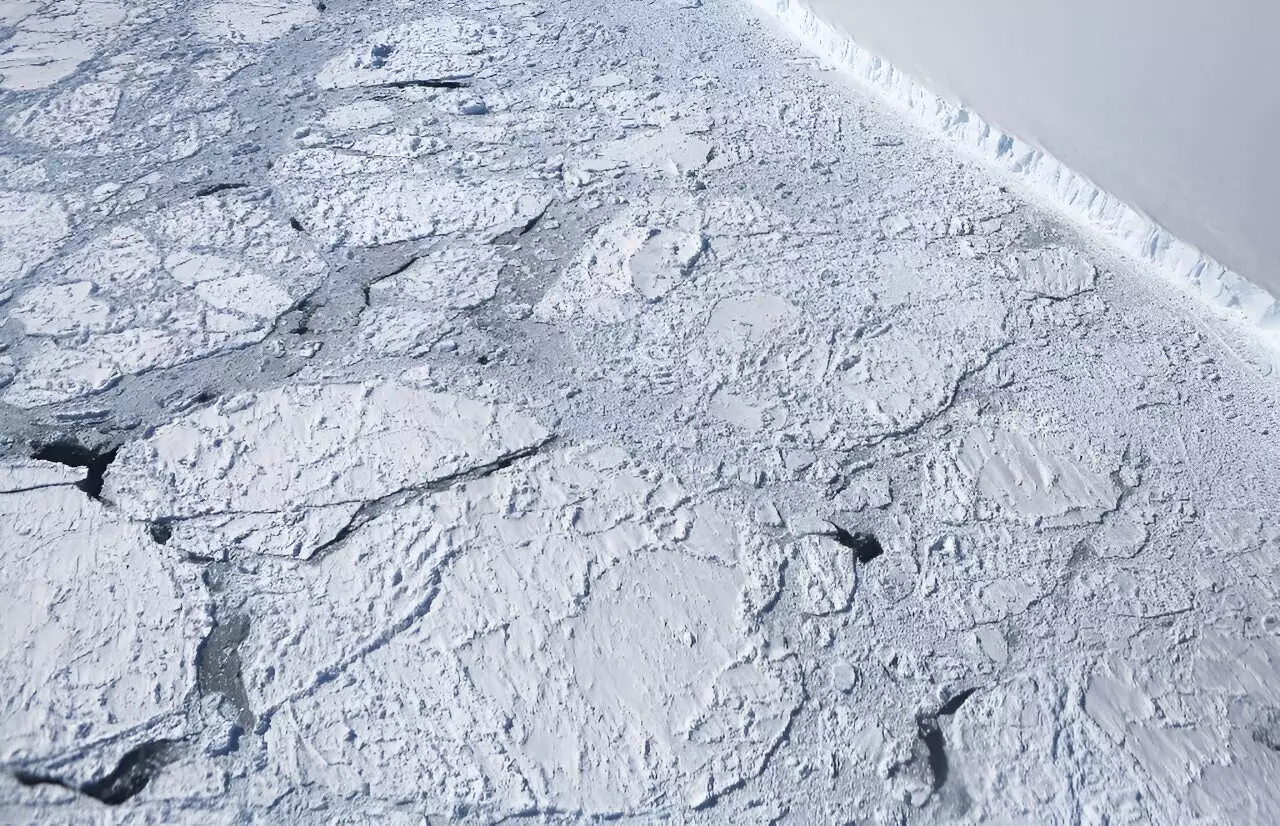A recent analysis of satellite data conducted by the US National Snow and Ice Data Center (NSIDC) has revealed that the sea ice around Antarctica reached a record low surface area during this year’s maximum size in winter.
Unprecedented Findings
The maximum size of the Antarctic sea ice was recorded on September 10, reaching only 16.96 million square kilometers (6.55 million square miles), according to the report. This measurement is significantly lower than any other recorded maximum since 1979. The previous record was surpassed by a margin of 1.03 million square kilometers, approximately the combined size of Texas and California.
While the summer months experienced a minimum extent of 1.79 million square kilometers, setting another all-time record, the growth of the ice pack during the subsequent winter months was unparalleled. NSIDC scientist Walt Meier commented on this phenomenon, noting that the growth appeared to be minimal across the entire continent, as opposed to a particular region.
As the Southern Hemisphere enters spring, the Arctic is concluding its summer season. The NSIDC reported that the Arctic sea ice reached its sixth lowest minimum extent in 45 years, measuring 4.23 million square kilometers.
The stability and slight expansion of the Antarctic sea ice pack had been observed for several decades. However, since August 2016, a sharp downturn in the extent of sea ice has been observed throughout most months. The cause of this shift is subject to scientific debate, with some researchers reluctant to establish a formal link to global warming. Previous climate models have struggled to accurately predict changes in the Antarctic ice pack.
The NSIDC suggests a possible connection between the decline in sea ice and warming in the uppermost layer of the ocean. The trend raises concerns about a potential long-term decline in Antarctic sea ice, as warming oceans are a global phenomenon.
While melting sea ice does not immediately contribute to rising sea levels (as it forms from freezing saltwater already present in the ocean), its loss exacerbates global warming. The white ice reflects more sunlight compared to the darker ocean water, amplifying the warming effect. Furthermore, the disappearance of pack ice exposes Antarctica’s coastline to more intense wave action, jeopardizing coastal habitats and potentially destabilizing the freshwater ice cap. If land ice melts, it could result in a catastrophic rise in sea levels.
Nevertheless, the NSIDC highlights the possibility that the increased wave impact on the ice sheet could also contribute to “accumulation near the coast,” partially offsetting the threat of rising sea levels. Further research is necessary to understand the full extent of this effect.
The recent findings regarding the Antarctic sea ice’s record-breaking low winter maximum highlight the urgency of addressing climate change on a global scale. The unprecedented decline in sea ice surface area serves as a stark reminder of the Earth’s vulnerability in the face of rising temperatures and warming oceans.
Citation: Antarctic sea ice hits lowest winter maximum on record: US data (2023, September 26) retrieved 26 September 2023 from https://phys.org/news/2023-09-antarctic-sea-ice-lowest-winter.html This document is subject to copyright. Apart from any fair dealing for the purpose of private study or research, no part may be reproduced without the written permission. The content is provided for information purposes only.


Leave a Reply